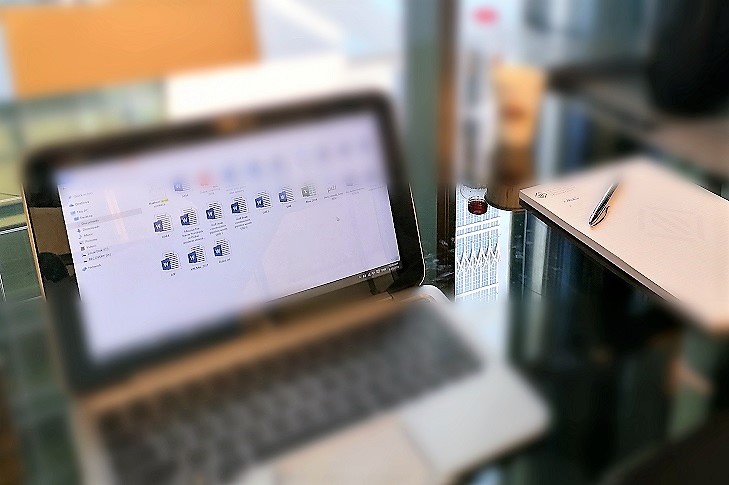Africa’s inland and dry ports have been boosted by investment in connecting railways as they continue to support increasing imports and exportsIn 1970, many African countries had been independent for barely 10 years and their economic development age...
Africa’s inland and dry ports have been boosted by investment in connecting railways as they continue to support increasing imports and exports
In 1970, many African countries had been independent for barely 10 years and their economic development agenda, which was still in its infancy, included ambitious plans to develop inland ports. These ports were to serve as intermodal nodal points with the aim of achieving a seamless network of railway lines and roads linked to the region’s seaports.
Now, nearly 50 years later, the ambitious inland and seaports development agenda may have been jolted by the challenges of civil war, political instability, epidemic disease, chronic food insecurity, and pervasive poverty. Yet, Africa still presents itself as a resilient continent that has seen a resurgence in economic growth, unleashing widespread construction of ports and harbours interconnected to modern railway and road systems to handle increasing exports and imports out and into the region.
The European Parliament’s 2016 Africa’s Economic Growth report said, “At the turn of the millennium, Africa entered a period of sustained and impressive growth, with some of its countries among the fastest-growing economies in the world.
“The continent proved resilient in the aftermath of the 2008
financial crisis due to two factors: a good fiscal situation and low
economic interconnectivity with the rest of the world.”
One of the effects of Africa’s growth has been an increase in exports
and imports fuelled by the demand for the continent’s natural resources
such as oil, gas, coal, and minerals, especially by China, Europe, and
some Latin America countries.
The construction, modernisation, and upgrading of dry and inland ports with associated rail and road networks have facilitated the trucking of general cargo and containers from the main seaports to designated intermodal yards. From there the goods are trucked further to the last point of delivery or if they are destined for exports, loaded onto trains for delivery to the seaport usually in a single trip.
Eastern Africa is a good example of regions in Africa where development of dry or inland ports, and modern railways and roads has not only helped address congestion of key ports such as Mombasa, Dar es Salaam, and Djibouti, but also increased operational efficiency at the seaports.
Landlocked countries, such as Ethiopia, Rwanda, Sudan, and Uganda, have, in partnership with their neighbours with access to sea and development partners, constructed dry or inland ports that are linked to the ports of Dar es Salaam, Djibouti, and Mombasa via a network of modern rail lines and roads.
East coast rail
For the first time in 50 years, Ethiopia, Kenya, and Tanzania are developing separate standard gauge railway (SGR) lines to ease movement of goods to their hinterlands. The modern railway lines are linked to dry and inland ports, which have shortened the distance and eased the loading and unloading of goods to high-speed cargo trains from or to the seaports.
In Ethiopia, the launch of Africa’s first 756 km electrified SGR line, which links capital city Addis Ababa and the Red Sea city Port of Djibouti, has brought more business opportunities to Ethiopia’s port of Modjo. The travel time between the port of Modjo, which is the biggest of seven dry ports in Ethiopia, and Djibouti’s seaport is now 12 hours, down from the previous three days. Port of Modjo has an annual container capacity of around 136,000 teu.
Other dry ports in Ethiopia include Dire Dawa, Gelan, Kallity, Kombolcha, Mekelle, and Semera. Goods destined for the export market are delivered to these dry ports via trucks before they are loaded onto the 120 km/h speed cargo trains for onward transmission to Djibouti port for shipping to the international market. The role of Modjo inland port as an intermediate logistics destination for Ethiopia’s cargo has recently received a major boost with the signing of a bilateral agreement between Ethiopia and Sudan for a new 1,522 km SGR between Port Sudan and Addis Ababa.
In Tanzania, the construction of a new SGR line is under way to link the port of Dar es Salaam to Isaka dry port in the country’s northwest. The new line and dry port will ease access for exports and imports to and from Kigali, Bujumbura, and Goma in neighbouring landlocked Rwanda, Burundi, and the Democratic Republic of Congo (DRC), respectively. The USD7.5 billion SGR line, which is 1,219 km long and also connects Dar es Salaam to Mwanza on Lake Victoria, was initially planned to be a five-year project that has been held back because of delays in mobilising project funding.
Tanzania is also increasing capacity of the inland ports of Bukoba, Kigoma, and Mwanza, to not only ease congestion by taking freight from Dar es Salaam port, but also feed the seaport with exports from the hinterland.
Kenya capacity
In Kenya, the government has completed the refurbishment and expansion of the 1901-founded inland port of Kisumu. According to Kenya Ports Authority (KPA), the port has an estimated import cargo capacity of 21,943 tonnes, but it is expected to increase to 130,000 tonnes by 2025, and further to 180,000 tonnes by 2035. Overall, local cargo demand at this port is projected to grow to 290,000 tonnes by 2025, and further to about 410,000 tonnes by 2035.
This inland port on Lake Victoria is on the route of the 1,300 km SGR line that Kenya is building from the port of Mombasa to the town of Malaba on the border with landlocked Uganda. Kenya has completed the first phase of the USD3.8 billion SGR line running 609 km from the port of Mombasa to the Nairobi Inland Container Depot (ICD) in the country’s capital. The ICD, which is also operated by KPA, has a throughput of over 180,000 teu annually.
Phase two of the 120 km SGR line links the Nairobi ICD to the newly constructed 45,000 m2 Naivasha ICD. “The Naivasha ICD, with a loading capacity of 2 million tonnes a year, will greatly increase the freight transportation of the first phase of the Naivasha-Malaba railway and meet the needs of cargo transfer from Nairobi to Uganda, Rwanda, and other countries,” said An Aijun, deputy general manager, China Road and Bridge Corporation, which won the contract for the ICD and the SGR line from Nairobi to Malaba. The line will later be linked to a 271 km SGR stretch on the Uganda side starting from Malaba on the Kenya-Uganda border to Uganda’s capital Kampala.
Congo river ports
The port of Matadi, which was founded during the colonial period on the mouth of the Congo River, is the biggest inland port in the DRC and key gateway for the country’s coffee and timber exports. According to Matadi Gateway Terminal, the Congolese unit of International Container Terminal Services (ICTSI), the inland port of Matadi is “the most important port on the Congo River and the natural gateway to the capital Kinshasa”.
Other inland ports upstream of the Congo River include Boma and Banana in the DRC and Soyo in Angola. Although efforts to meet the increasing demand for inland ports have fallen short in Africa, there is a potential in the continent to accelerate the region’s containerisation and improve efficiency in the transport network.
Source : www.dredgingandports.com




